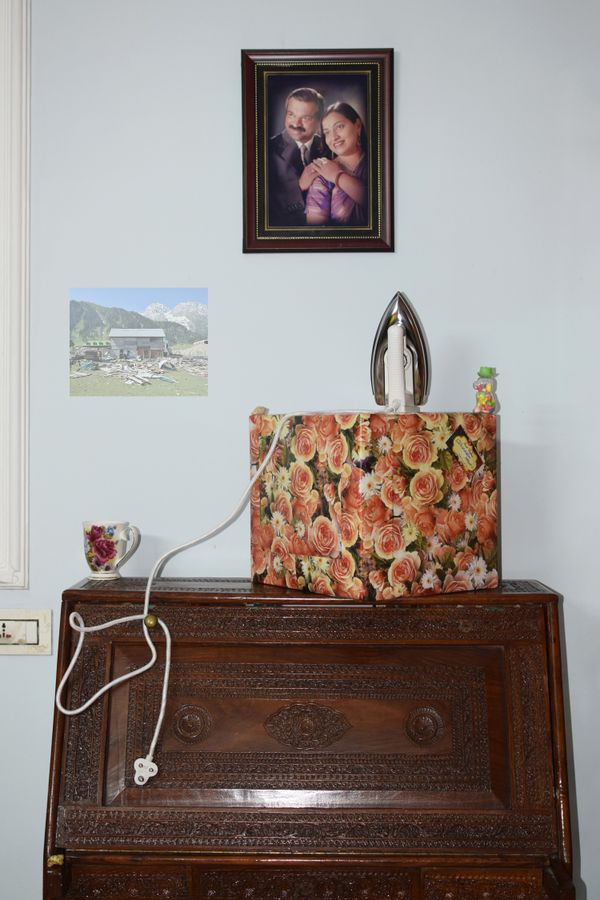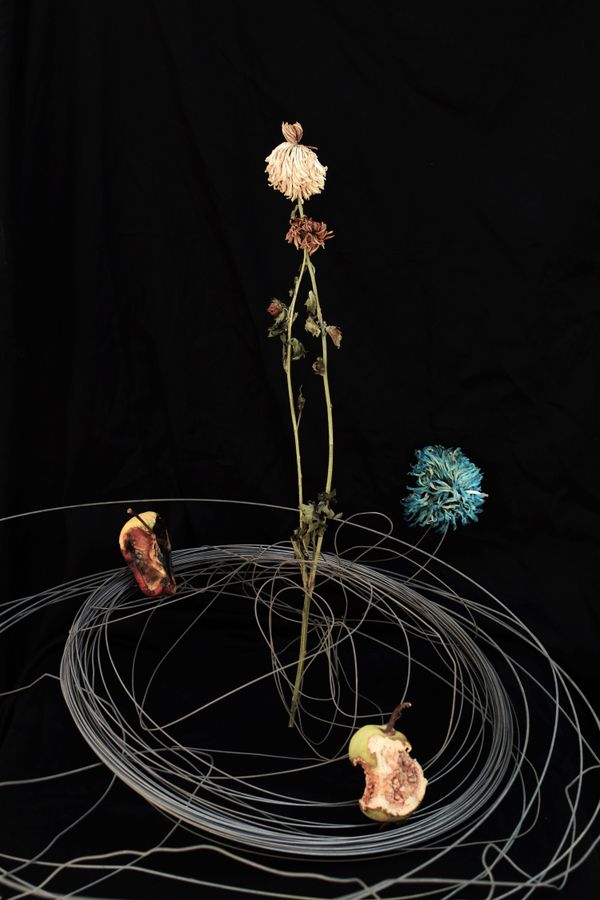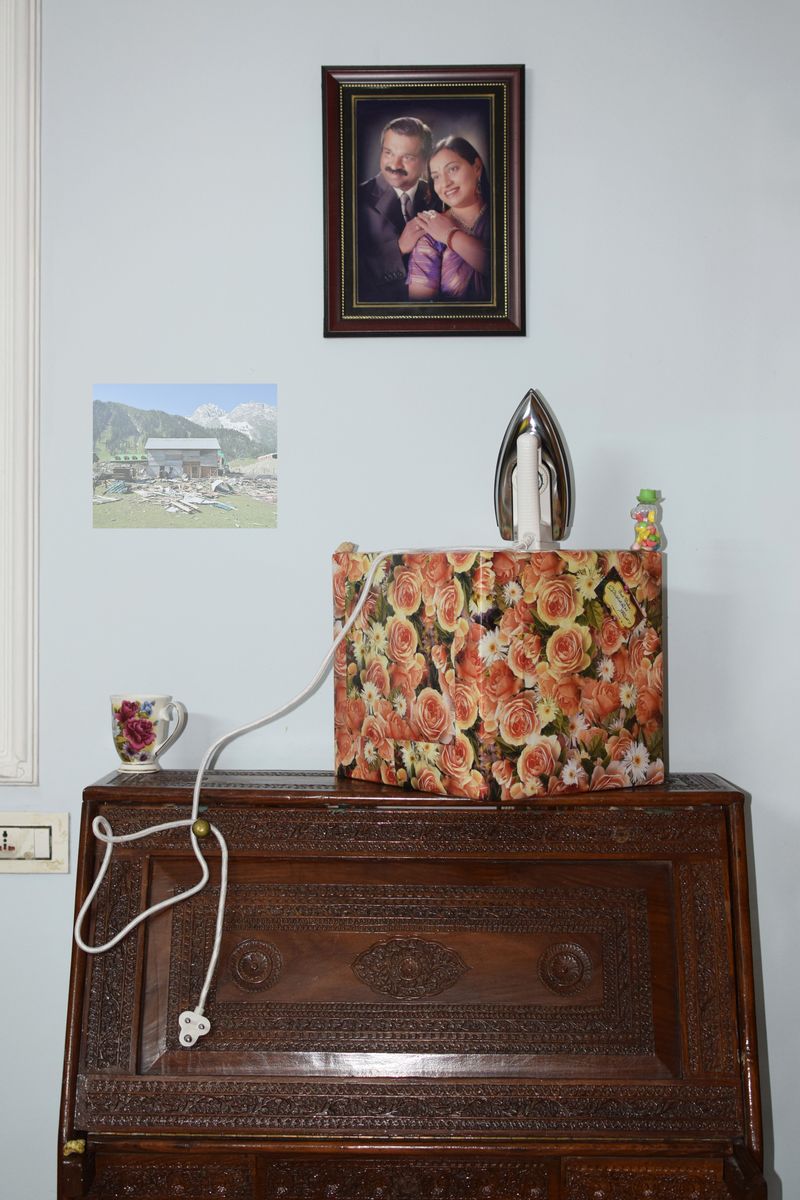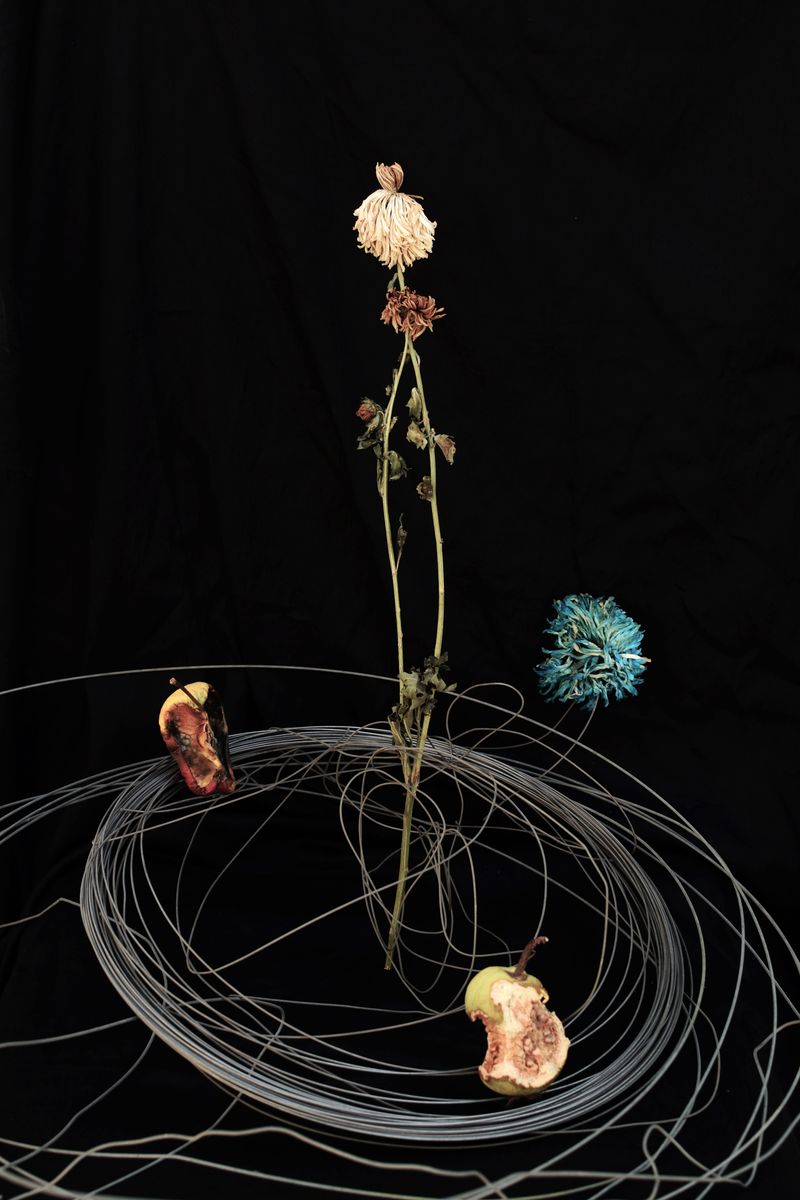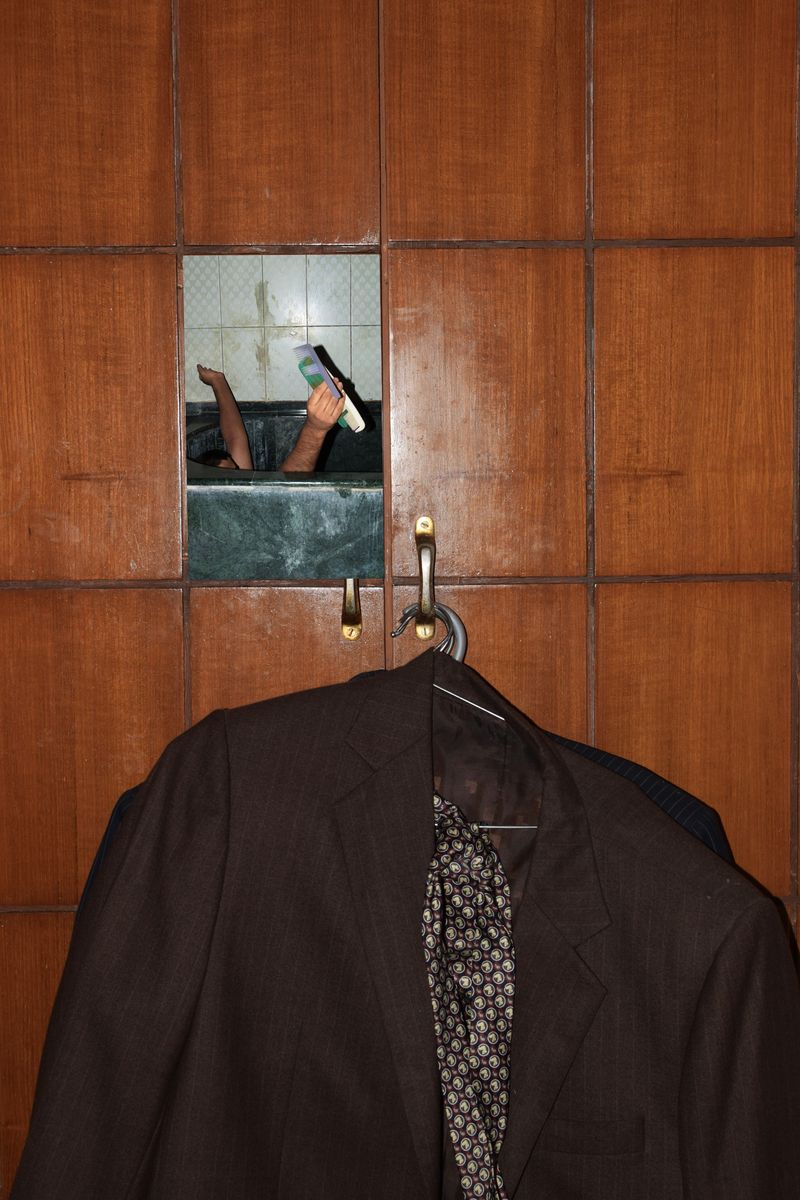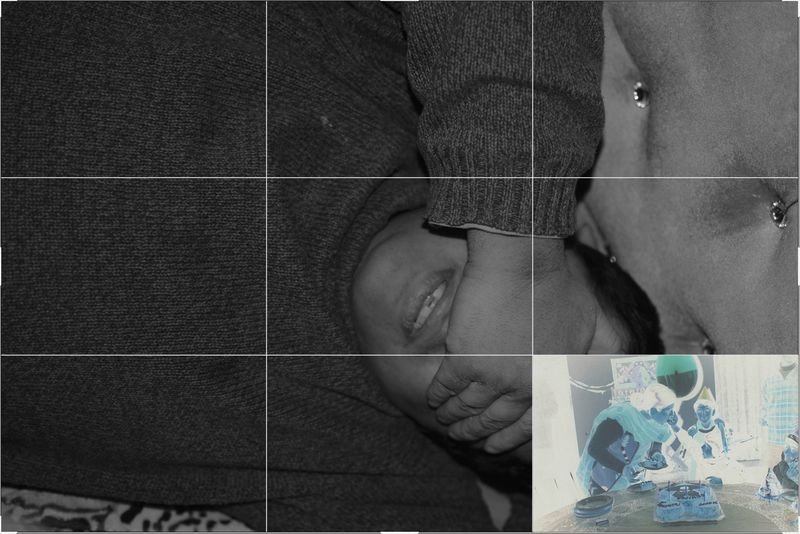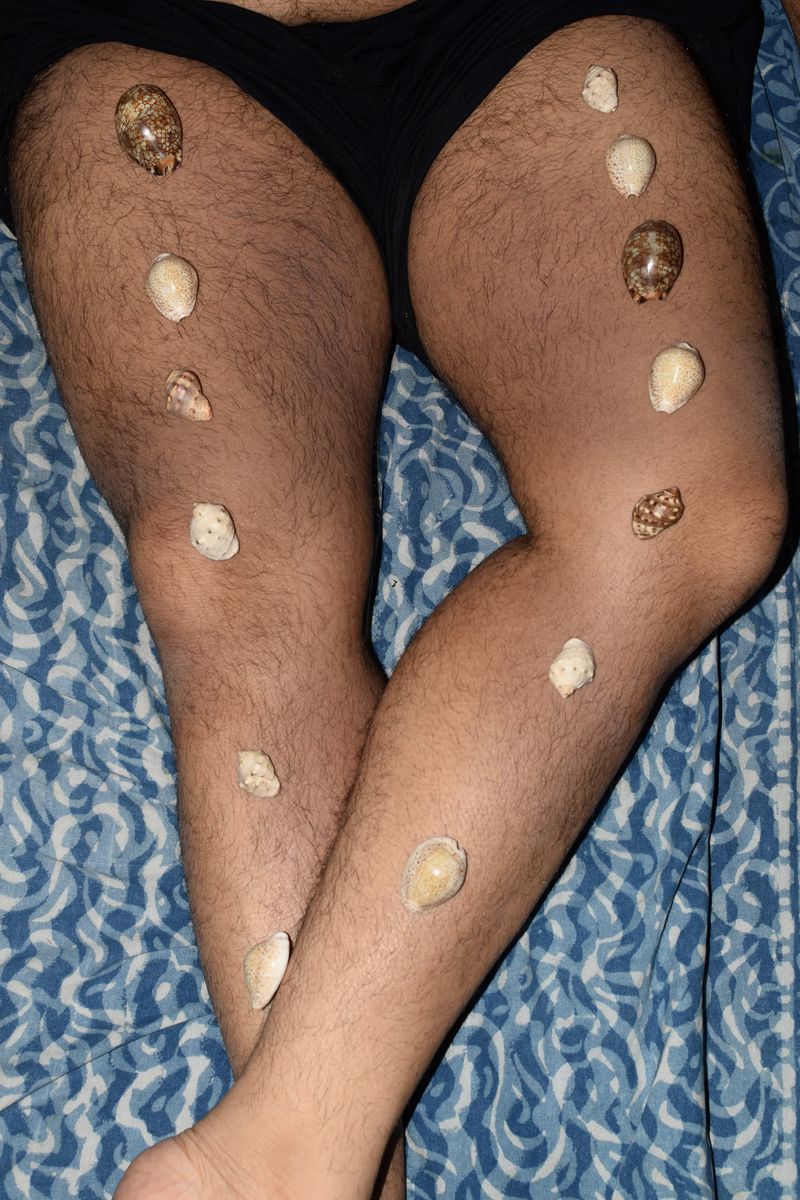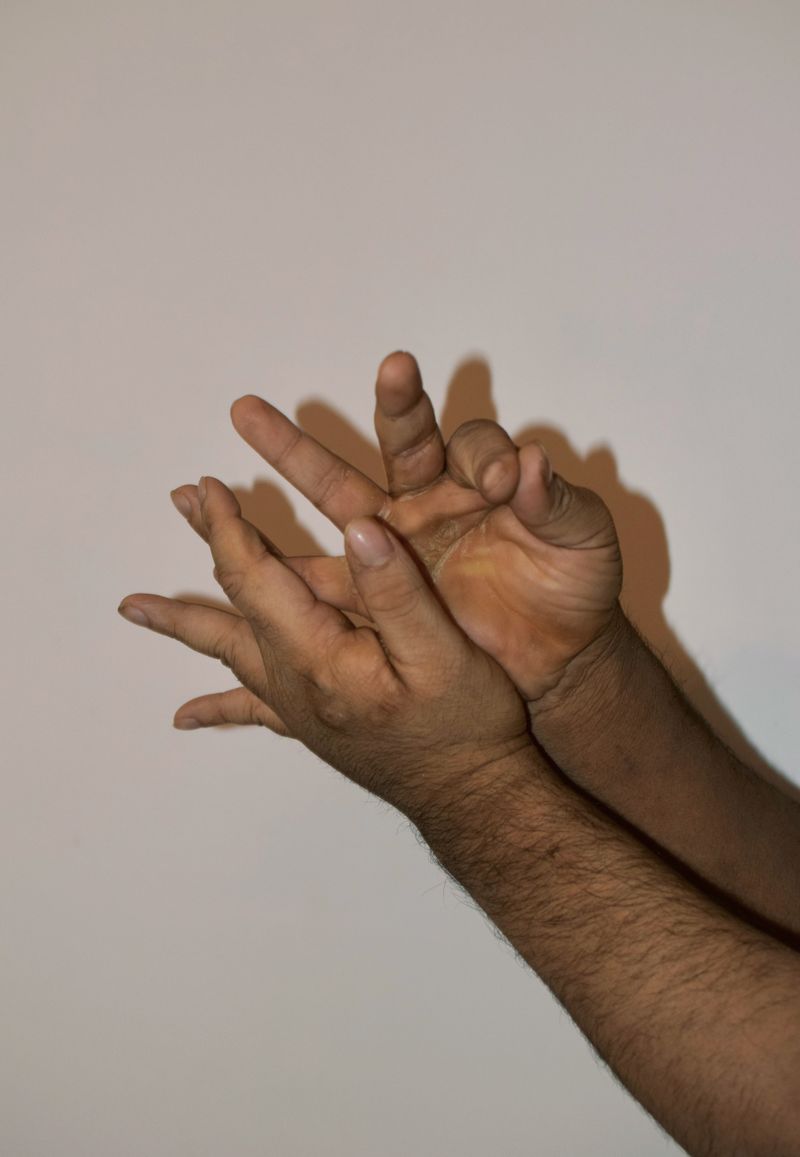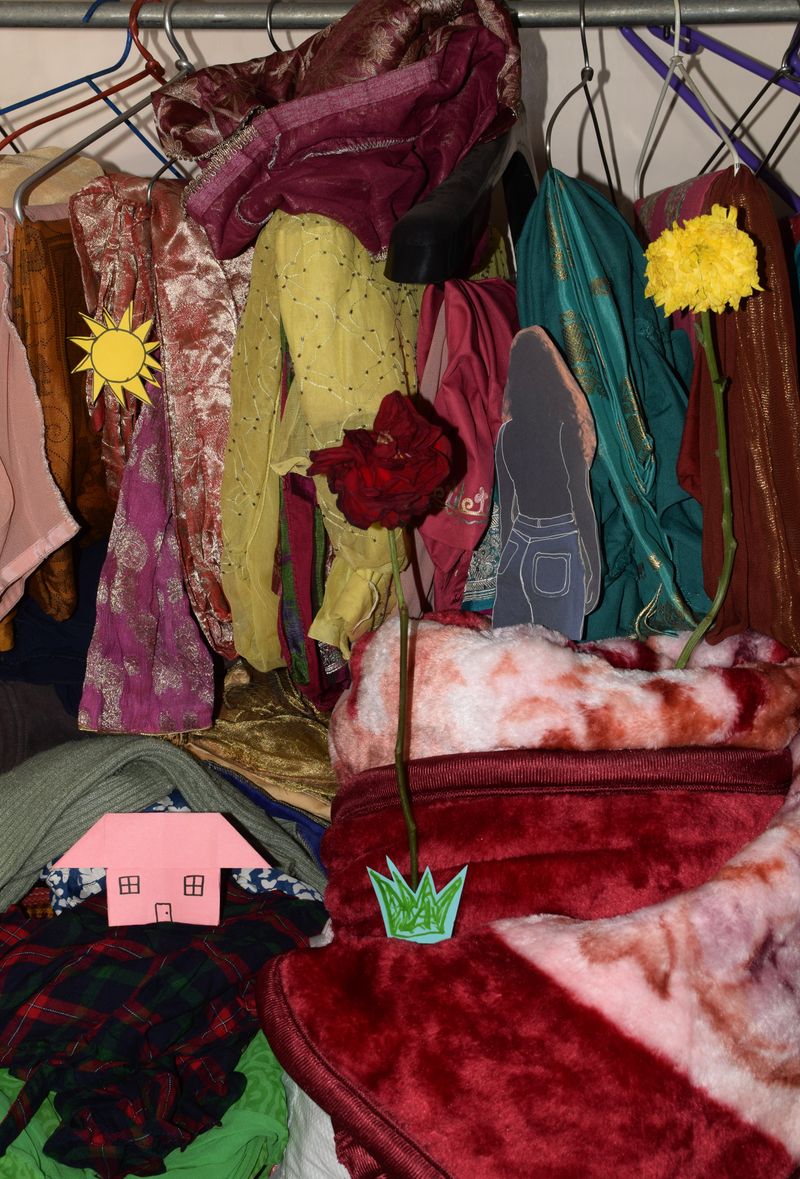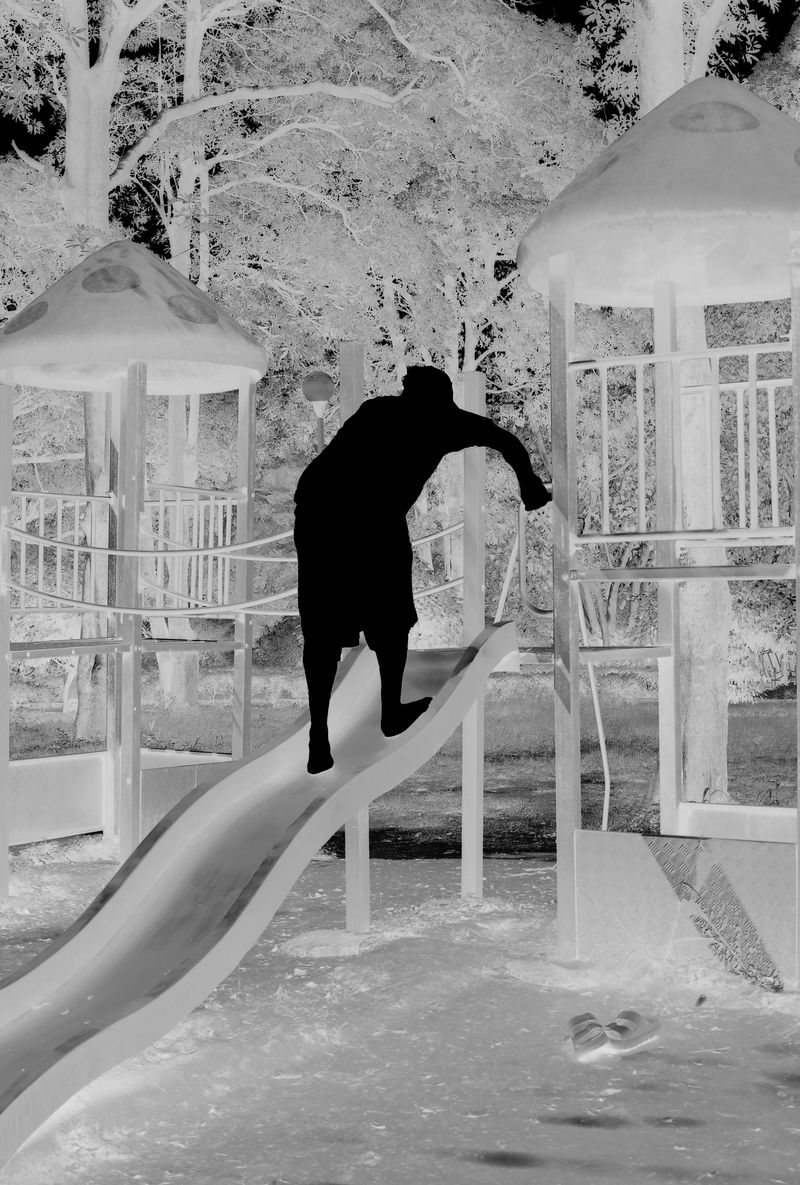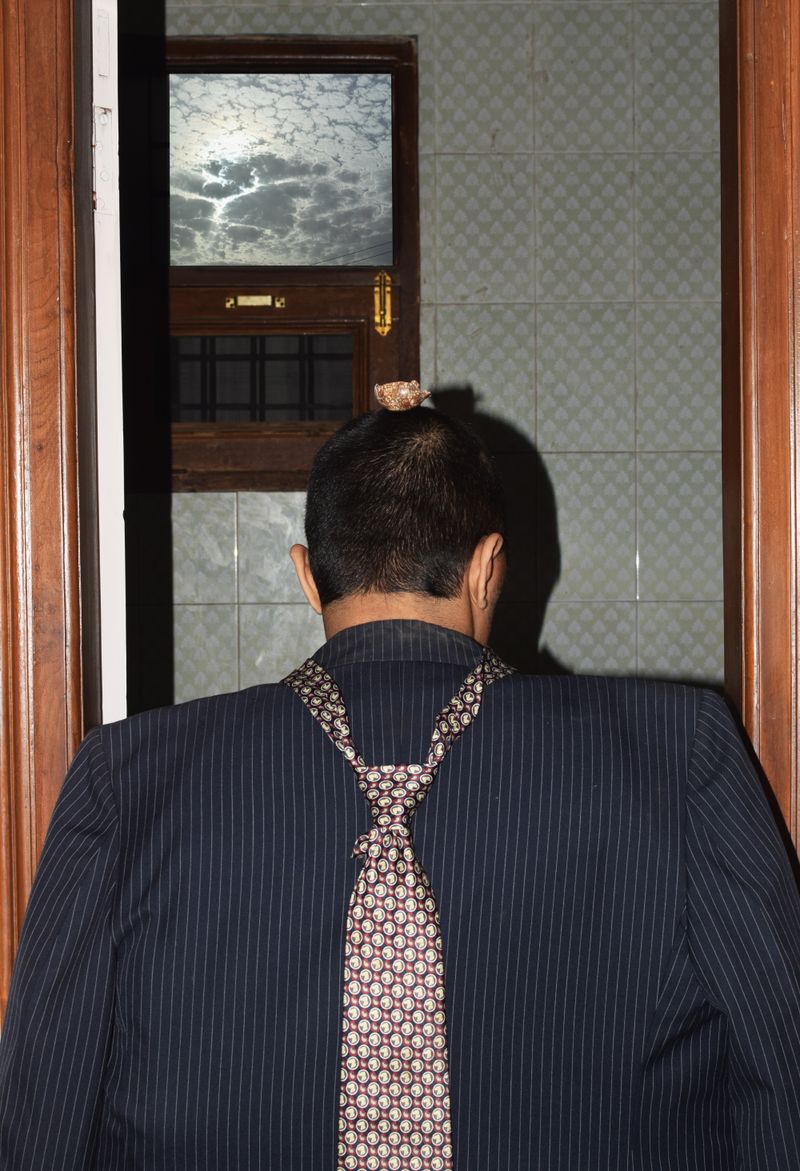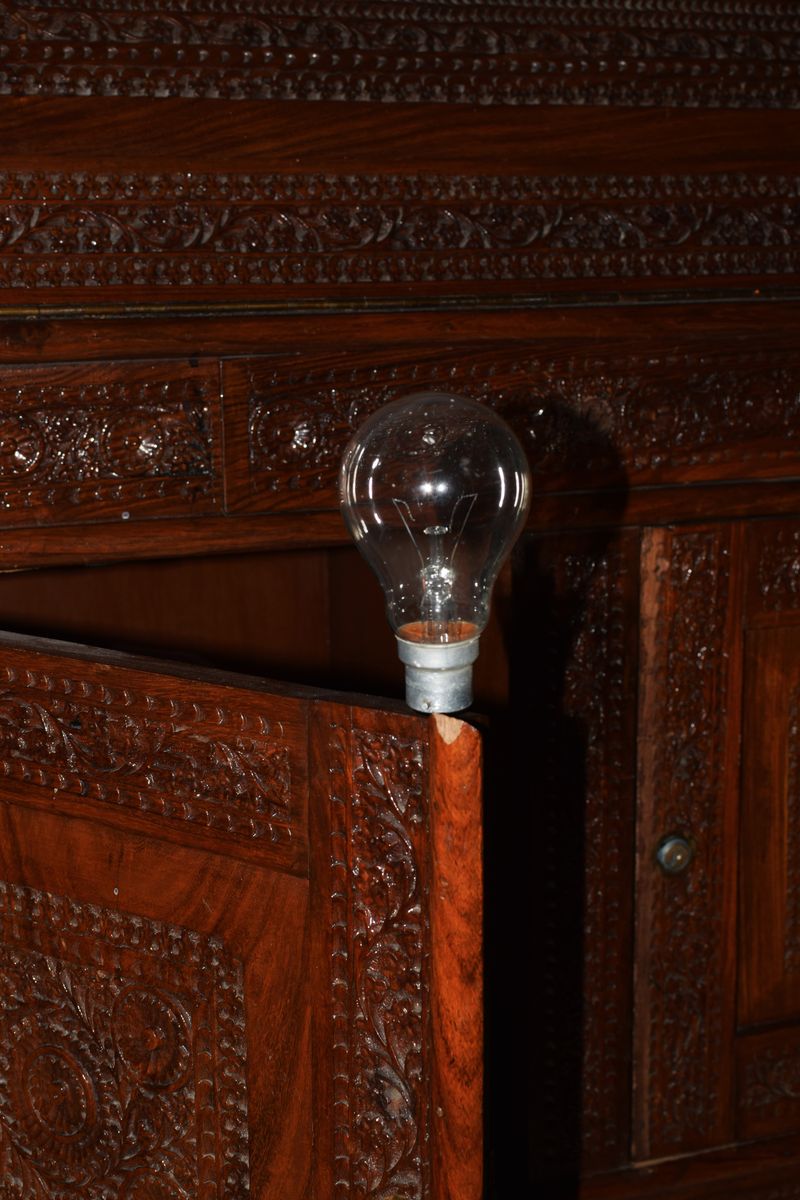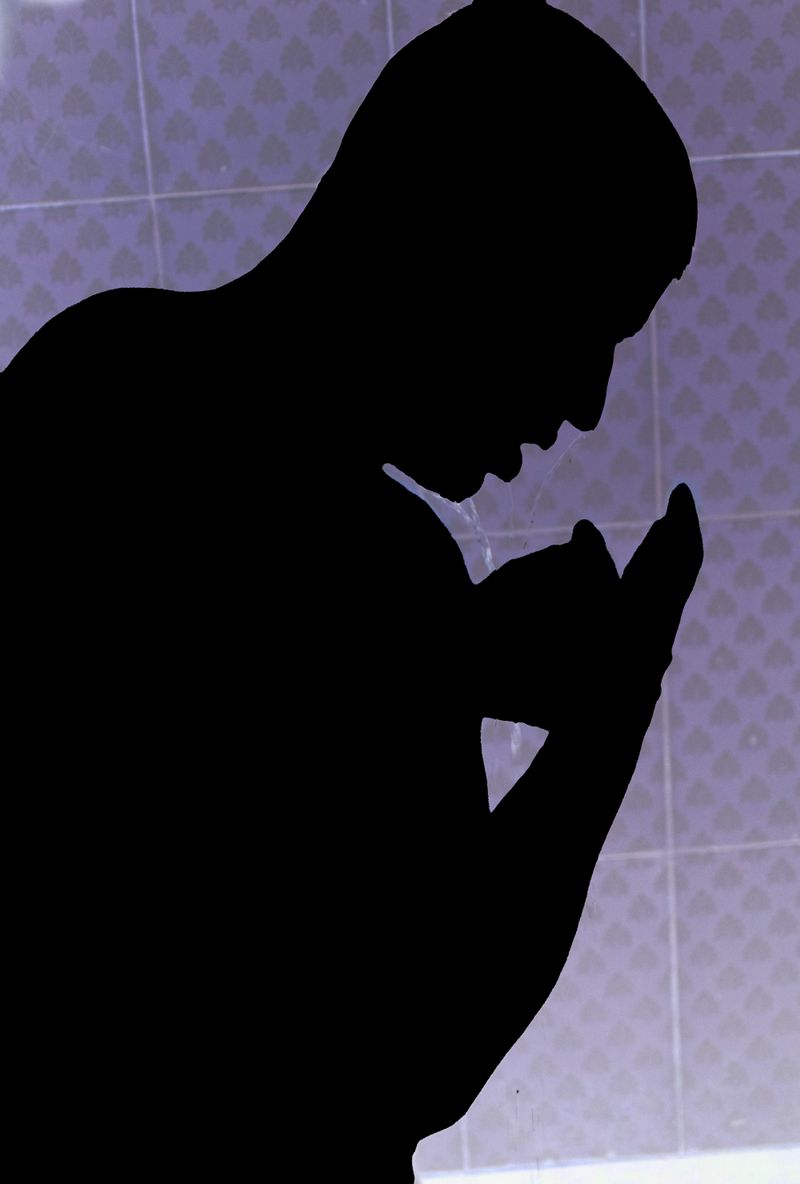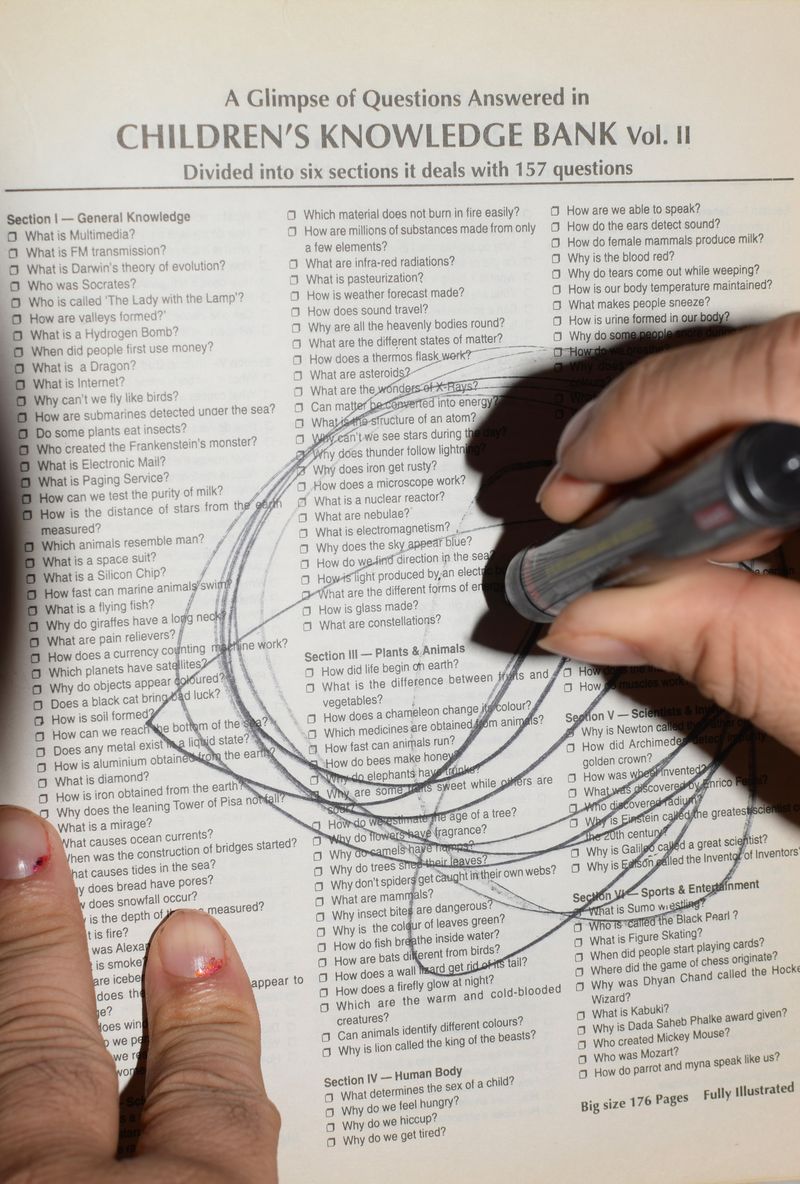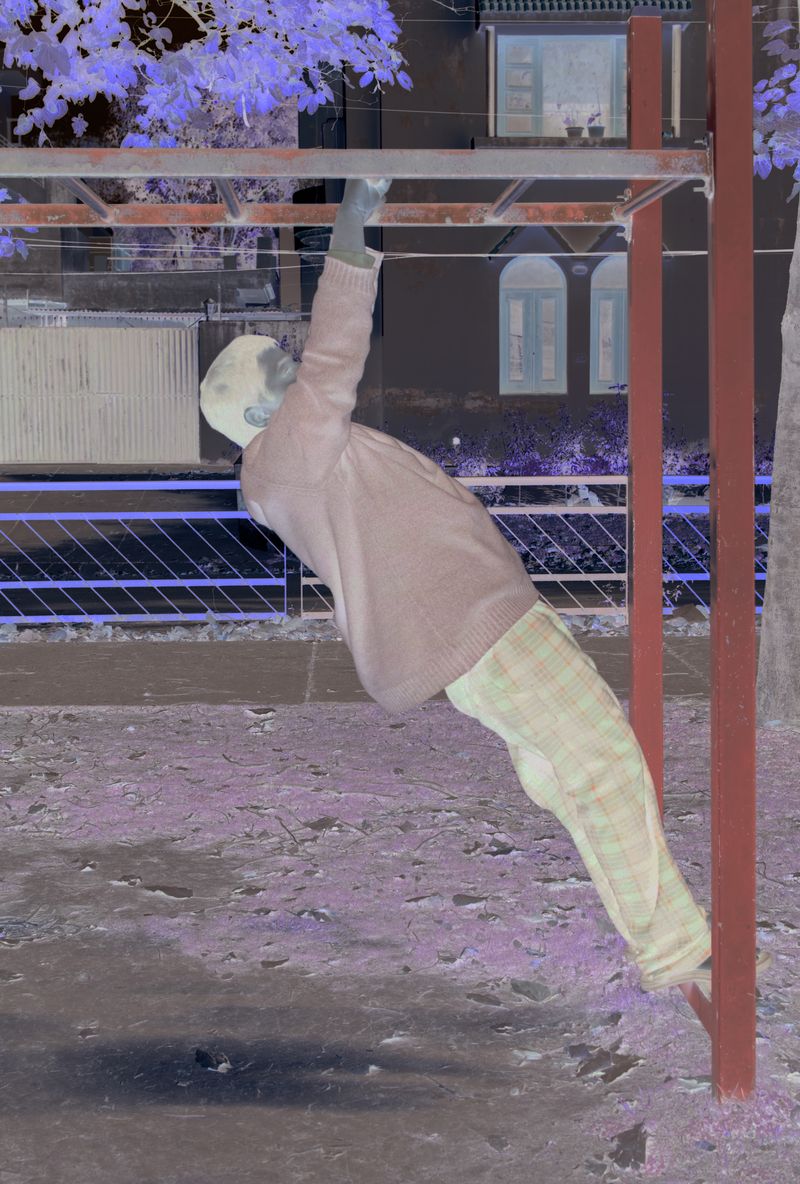29, Empty your cup
-
Dates2023 - Ongoing
-
Author
- Location India, India
-
Recognition
29, Empty your cup is a personal exploration on Autism Spectrum Disorder and Neurodiversity. It's a photographic memoir of the lived experiences with someone on the spectrum, a journey of understanding and accepting alternative ways of living.
29, Empty your cup
This project(2023-) is about the experiences with my brother’s autism, seeing the world through him, often reimagining. I read somewhere about Negative Capability, the willingness to embrace uncertainty, live with mystery, and make peace with ambiguity. Living with someone who’s on the spectrum can often make you question the point of this grand scheme of things, which we often label as life. One is an inevitable part of, with no choice of theirs. I don't remember a life without him, I only know a life with him, of him and about him. Our existences are so intertwined, that I often, too often wear his shoes and try to walk in them. Life doesn't seem so heavy, only a play of sorts, ascribing meaning to it at his own will, rejecting the confinements of what it means to be “normal”
29, empty your cup is a visual essay on my life and his, ours, of all the occurrences like giant waves uprising and almost on the verge of crashing to the shore but haven't, yet. Beginnings should not have any timeline but certain numbers can have that effect. It's a story of contradictions and of never happenings, of me trying to find the traces of myself in a ballad of consequences which began in November, ‘98. In retrospect, it feels like an unusual dream where all of us are characters of sorts, the strings of our souls held together to play out a story which has never been told. But I hope in time, I’m able to combine those traces to reconcile with my own self.
